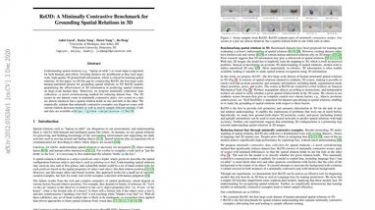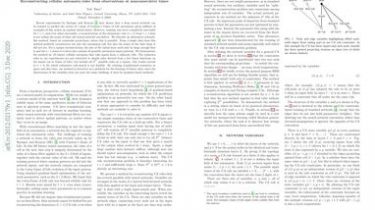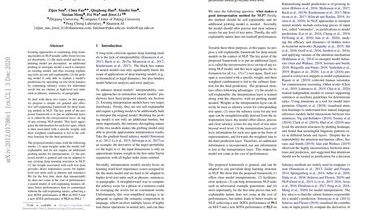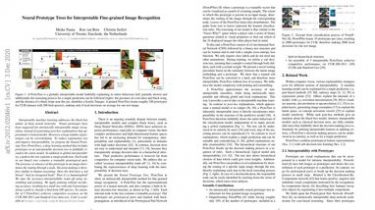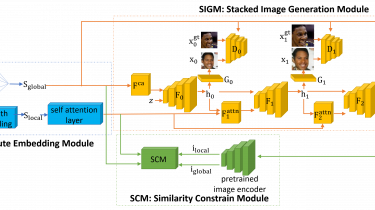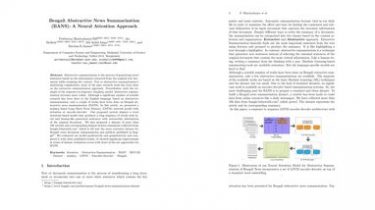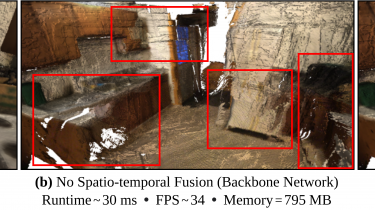NeurIPS 2020: Moving toward real-world reinforcement learning via batch RL, strategic exploration, and representation learning
As human beings, we encounter unfamiliar situations all the time—learning to drive, living on our own for the first time, starting a new job. And while we can anticipate what to expect based on what others have told us or what we’ve picked up from books and depictions in movies and TV, it isn’t until we’re behind the wheel of a car, maintaining an apartment, or doing a job in a workplace that we’re able to take advantage of one […]
Read more